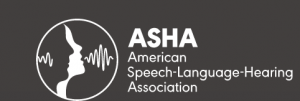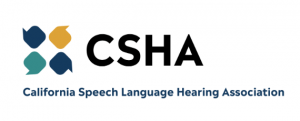Aural Rehabilitation: Helping Children Hear Better
Picture your child having just been fitted with their new hearing aids or cochlear implants by their audiologist. Their brain is actively processing the novel auditory information it’s now receiving. It grows as everyone eagerly watches your child’s response to new sounds and how they boost their speech and language development. But wearing hearing aids or cochlear implants is quite different from wearing glasses. It can be overwhelming for families to figure out where to begin and what to prioritize when working with their child.
 What is aural rehabilitation?
What is aural rehabilitation?
Aural Rehabilitation helps your child’s brain adapt to new sounds from hearing aids or cochlear implants. It can accelerate progress, unlocking their full potential by developing new skills or rediscovering lost ones due to hearing loss. The goal is establishing a solid foundation for speech and language through listening, articulation, and spoken language. Remember, “children talk as they hear,” – highlighting the significance of aural rehab.
Who provides aural rehabilitation?
Speechologists are crucial in providing aural rehabilitation as a critical part of speech therapy. Additionally, teachers of the Deaf and audiologists are just as capable of offering aural rehabilitation services. These highly skilled professionals have received specialized training to cater to children with deafness or hearing impairment. These dedicated experts provide aural rehabilitation services to boost communication skills and promote optimal development in individuals facing hearing challenges.
 Why do children need aural rehabilitation?
Why do children need aural rehabilitation?
When your child first starts wearing hearing technology, their brain may struggle to process the new information. However, through speech therapy, your therapist can guide you in taking gradual steps to assist your child in comprehending the newfound auditory input. Without aural rehabilitation, your child’s progress in understanding this information might be slower, and they may remain overwhelmed by the influx of new sounds.
When do children need aural rehabilitation?
Aural rehab usually happens after getting hearing aids or when your child’s hearing changes. You can start aural rehab right after your child’s diagnosis, even as early as a few weeks old. Once the hearing aids are in, your child’s brain works hard to process the new sounds. So, it’s essential to help your child make connections as quickly as possible.
Can my child benefit from aural rehabilitation if they use sign language?
Definitely! Aural rehabilitation focuses on listening goals. Sign users may want to enhance their listening skills or better comprehend information from their technology. Speech therapists can utilize your child’s primary language to help them understand the tasks they are working on through listening.
 How long does aural rehabilitation last?
How long does aural rehabilitation last?
Every kid’s brain is one of a kind. Suppose your child has had long-lasting hearing loss before getting hearing technology. In that case, they might have to spend a few months, or even a year, working on aural rehab goals. Some kids quickly master their aural rehab goals in just a few months. After that, they can choose whether to wrap up or keep going with speech therapy to tackle other speech, language, or communication objectives.
What does aural rehabilitation look like?
The process can be enjoyable and engaging when helping your child learn to listen! Skilled speech pathologists employ a variety of games and activities, carefully selected to address specific areas of improvement. These activities focus on breaking down larger goals into smaller, manageable tasks, facilitating your child’s progress step by step. Moreover, they assist with more intricate challenges by teaching your child how to actively listen and providing practical strategies to guide them toward success in every attempt.
 How can I help my child during aural rehabilitation?
How can I help my child during aural rehabilitation?
As your child spends most of their time with you, the speech therapist will teach you how to support them at home. By actively participating in therapy sessions, you can learn techniques to address their goals in everyday situations. Practice the therapist’s tasks regularly, enabling your child to progress between sessions. Children who practice at home advance more than those who only practice during therapy. Remember to make note of anything particularly hard for your child so you can discuss it with their therapist.
Can my child receive aural rehabilitation through virtual speech therapy?
Certainly! We have a range of options available for aural rehabilitation sessions in speech therapy, including in-person and online sessions. If your child needs to listen through the computer, we can provide a special cord or hearing-assistive technology, such as a remote microphone, to ensure optimal auditory experience. Our audiologists and speech pathologists will be there every step of the way to assist you in setting everything up and ensuring a smooth and successful journey towards improved communication skills. Once your child’s devices are connected to the computer, speech therapy becomes fun and interactive with games and activities. It’s just like an in-person session!
Please Click Here to schedule aural rehab services at Speak Live Play in Los Angeles.
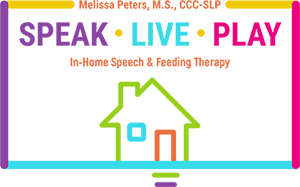


 What is aural rehabilitation?
What is aural rehabilitation?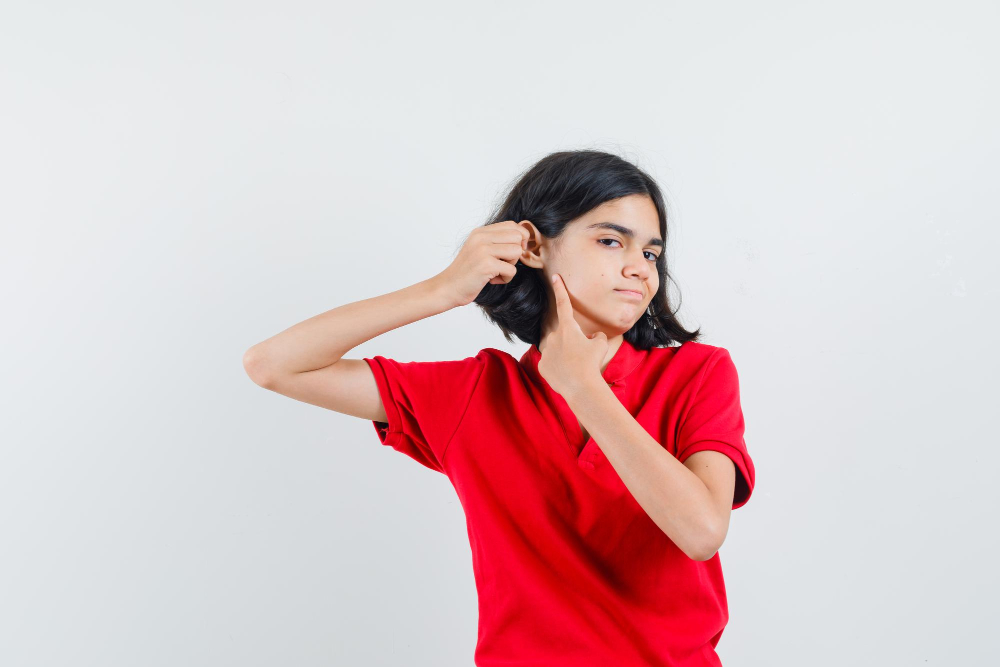 Why do children need aural rehabilitation?
Why do children need aural rehabilitation?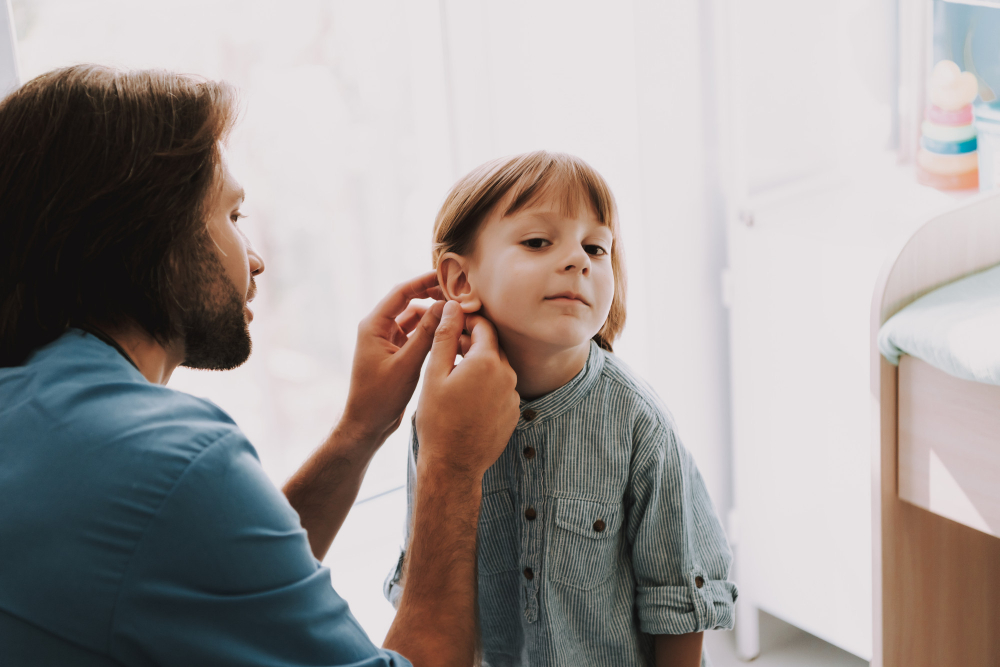 How long does aural rehabilitation last?
How long does aural rehabilitation last? How can I help my child during aural rehabilitation?
How can I help my child during aural rehabilitation?